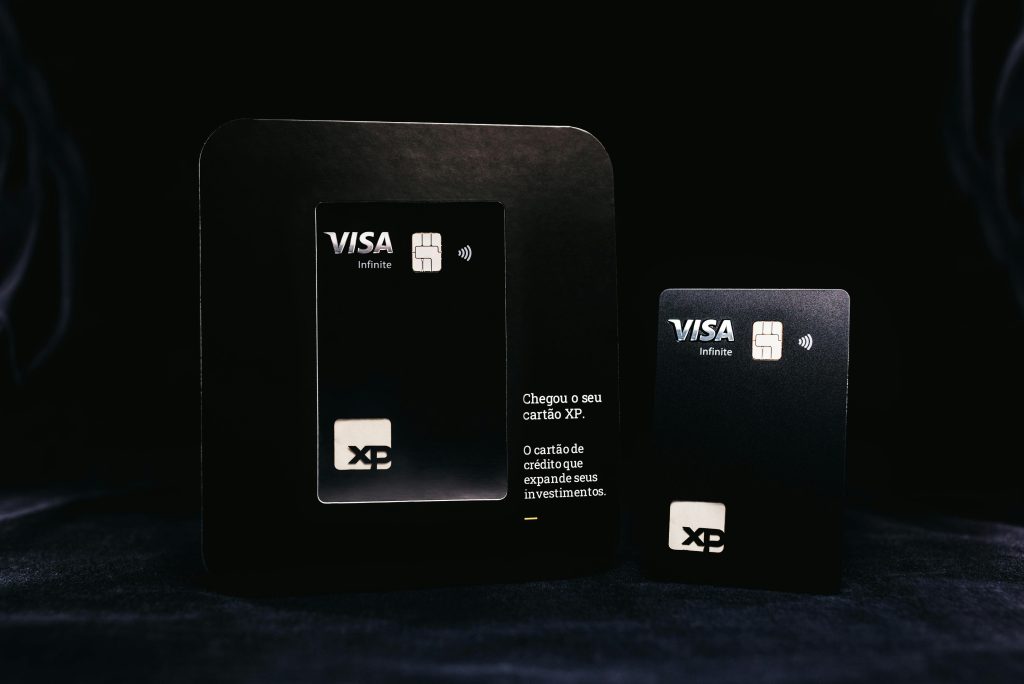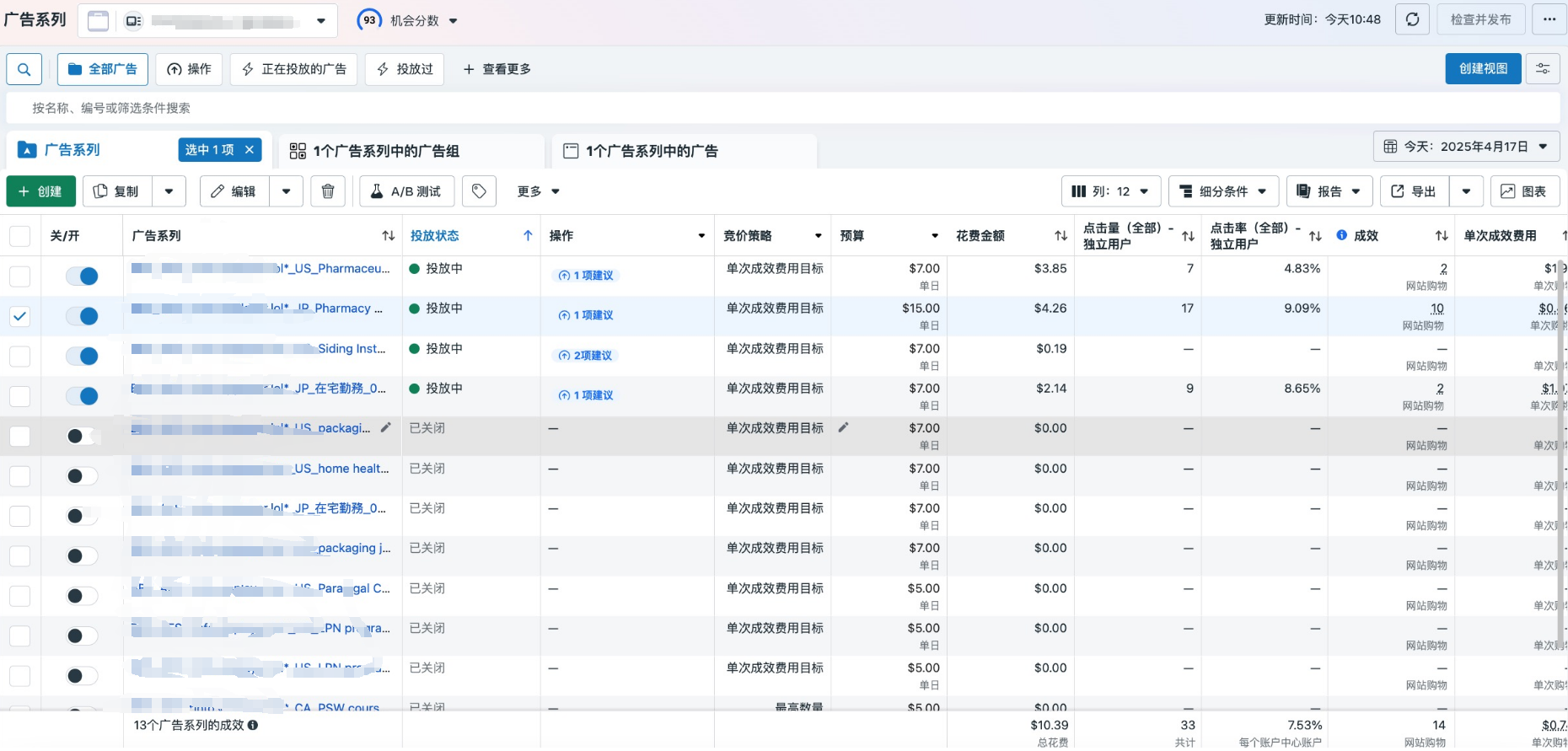
U.S. Work Visa Guide: How to Legally Work and Apply for a Visa
The United States offers several work visa options for foreign nationals looking to pursue career opportunities. Understanding the requirements, application process, and legal considerations is essential for securing the right visa and maintaining lawful employment status.

1. Common U.S. Work Visas
Different work visas cater to various professional backgrounds and employment situations:
- H-1B Visa (Specialty Occupations)
- For skilled workers in fields like IT, engineering, and finance.
- Requires a U.S. employer to sponsor the visa.
- Subject to an annual cap, with applications opening every April.
- L-1 Visa (Intra-Company Transfers)
- For employees transferring from a foreign branch to a U.S. office.
- Requires at least one year of employment with the company abroad.
- O-1 Visa (Extraordinary Ability)
- For individuals with exceptional achievements in fields like science, arts, and athletics.
- Requires substantial proof of expertise and industry recognition.
- TN Visa (For Canadian & Mexican Nationals)
- Available under NAFTA/USMCA for professionals from Canada and Mexico.
- Covers specific job categories like accountants, engineers, and scientists.
- E-2 Visa (Investor Visa)
- For entrepreneurs investing in a U.S. business.
- Requires a substantial capital investment.
2. Work Visa Application Process
The general steps for securing a U.S. work visa include:
- Job Offer & Employer Sponsorship
- Most work visas require a U.S. employer to file a petition (Form I-129) on your behalf.
- USCIS Petition Approval
- The employer submits the necessary documents to the U.S. Citizenship and Immigration Services (USCIS).
- If approved, you receive a Form I-797 Notice of Action.
- Visa Application & Interview
- Apply for a visa at a U.S. embassy or consulate in your home country.
- Complete Form DS-160 and pay the visa fee.
- Attend an interview, where consular officers assess your eligibility.
- Visa Issuance & Travel to the U.S.
- If approved, you receive a visa stamp in your passport.
- Upon arrival, U.S. Customs and Border Protection (CBP) will verify your documents.
3. Maintaining Legal Work Status
- Always work only for the employer that sponsored your visa.
- Keep your visa and work authorization valid by renewing before expiration.
- If changing jobs, file a new visa petition with your new employer.
- Maintain accurate records of your employment and visa status.
4. Transitioning to Permanent Residency (Green Card)
- Some work visas, like H-1B and L-1, allow for employment-based green card applications.
- Employers can sponsor workers through the PERM labor certification process.
- If eligible, you can apply for Adjustment of Status (Form I-485) or process through consular application abroad.

Securing a U.S. work visa requires careful planning and compliance with immigration laws. By understanding the visa options and application steps, foreign professionals can navigate the process successfully and work legally in the U.S.







